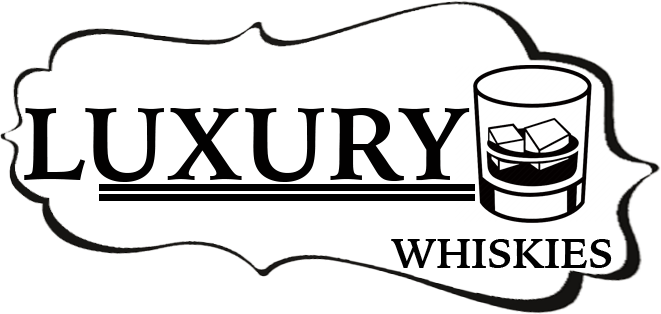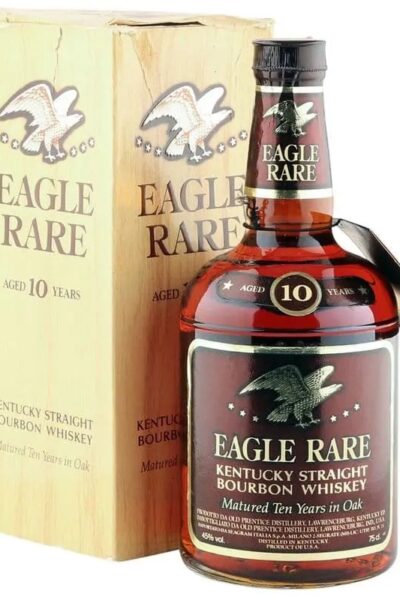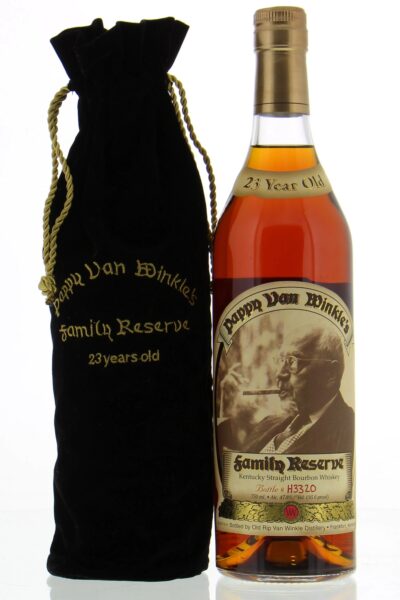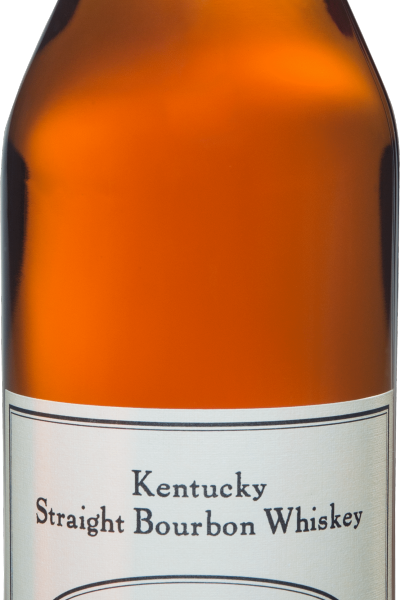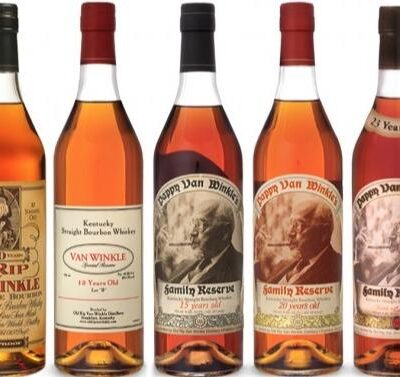Bourbon For a time, it was like a secret handshake. A sign of recognition between two people that they both belonged to a sacred order. Wright Thompson’s baptism into the church of Pappy Van Winkle happened back in 2005, when his friend and acclaimed Mississippi chef John Currence introduced him to the bourbon that would become an obsession; so much so that Thompson, known for his longform journalism at ESPN, just wrote Pappyland, an entire book devoted to understanding this storied brand’s journey to its outsized status in the whiskey world.
It’s not marketing, it’s the actual thing,” Thompson says. “At first it was this thing chefs were drinking. And there was this group of people and we were buying up all the Van Winkle we could. It was around then that we were like, ‘This is the finest bourbon in the world.’”
For a time, Pappy could be tough to track down, but far from impossible. Though it’s hard to believe now, a little more than a decade ago you could drink it in an airport. When Thompson wrote an article singing Pappy’s praises on ESPN’s Grantland, he told the story of a missed connecting flight. He trundled into a bar and ordered a glass of 15 on the rocks. With that request, the bartender knew a member of the congregation sat before him. “We’re out of the 15,” the barkeep told him as he dropped the glass. “This is the 23. Just the fact you know what it is, you’re worthy of it.”
By the end of the decade, word had largely gotten out that Pappy Van Winkle was the North Star for bourbon drinkers. Thompson’s Grantland article only fueled demand further. It became practically unobtainable after that.
While his article described the obsession he shared with fellow fans of the bourbon, it didn’t dive into how Pappy had come to be in the first place. Nor did it touch on the notion that Pappy’s success was never assured. The family behind the bourbon—the Van Winkles—spent years in the proverbial wilderness, as Americans largely lost their taste for whiskey. And at the time Thompson didn’t grapple with the fact that even at its new heights, the world’s most coveted bourbon may have been on the precipice of disaster; something that third-generation whiskey maker Julian Van Winkle III’s family knew all too well.
“Pappy” in this family is an actual person, Julian Van Winkle Sr., who owned the Stitzel-Weller distillery in the middle of the last century.
There, Van Winkle the elder leaned on Kentucky wheat instead of rye in his mash bill, producing a smoother-tasting bourbon as a result.
“His biggest contribution to modern bourbon is that he was the first to make and sell a mass-market fine whiskey with wheat as its dominant secondary grain,” Thompson writes in Pappyland. Eventually his son, Julian Jr., took over the business, but that was when whiskey’s popularity in America was fading fast. And eventually they’d sell off their barrels and brands. The family retained the Old Rip Van Winkle brand ,and when Julian Van Winkle III (the Julian we’ll refer to for the remainder of the story) took the company over, he was able to rebuild it into what it is today, relying largely on the bourbon his father and grandfather had distilled.
But there was a ticking time bomb. That old whiskey Julian relied on was running out, and he had to start making new bourbon.
So in the early aughts, he turned to Buffalo Trace to distill and age what in 15 years would become Pappy Van Winkle. All the while he wondered if they could capture the flavor of that old Stitzel-Weller distillery bourbon. Thompson befriended Julian and tagged along with him as the company faced an inflection point in its history: tasting the new Pappy as it emerged from the barrel after 15 years.
We sat down to talk with Thompson about the Van Winkle family’s triumphs and failures, the role of myth in the world of bourbon, America’s whiskey boom and why your father’s bourbon may have actually been better than what we get today.
-
- Sale!
- pappy van winkle bourbon
Old Rip Van Winkle 10 Year Old Bourbon Whiskey 750ml
- $700.00
- PROPOSITION 65 WARNING WARNING: Drinking distilled spirits, beer, coolers, wine and other alcoholic beverages may increase cancer risk, and, during pregnancy, can cause birth defects. For more information go to www.P65Warnings.ca.gov/alcohol.
- Add to cart
-
- Sale!
- pappy van winkle bourbon
Pappy Van Winkle 2012 23 Year Old Family Reserve 100% Stitzel-Weller
- $5,000.00
- WARNING: Drinking distilled spirits, beer, coolers, wine and other alcoholic beverages may increase cancer risk, and, during pregnancy, can cause birth defects. For more information go to www.P65Warnings.ca.gov/alcohol.
- Add to cart
-
- Sale!
- pappy van winkle bourbon
Pappy Van Winkle Special Reserve Lot B 12 Year Old Bourbon Whiskey 750ml
- $1,350.00
- WARNING: Drinking distilled spirits, beer, coolers, wine and other alcoholic beverages may increase cancer risk, and, during pregnancy, can cause birth defects. For more information go to www.P65Warnings.ca.gov/alcohol.
- Add to cart
-
- Sale!
- pappy van winkle bourbon
Prime’s Pappy Van Winkle Family Reserve 2017 Vertical 750ml
- $11,000.00
- PROPOSITION 65 WARNING WARNING: Drinking distilled spirits, beer, coolers, wine and other alcoholic beverages may increase cancer risk, and, during pregnancy, can cause birth defects. For more information go to www.P65Warnings.ca.gov/alcohol.
- Add to cart
